In 47130, Richard Archer and Lamar Parker Learned About Best Compost For Lawns
With compost, you are producing abundant humus for your lawn and garden. This adds nutrients to your plants and assists keep soil moisture. They do not call it “black gold” for absolutely nothing. Garden compost is the single essential supplement you can provide your garden. Composting can divert as much as 30% of family run out from the trash bin.
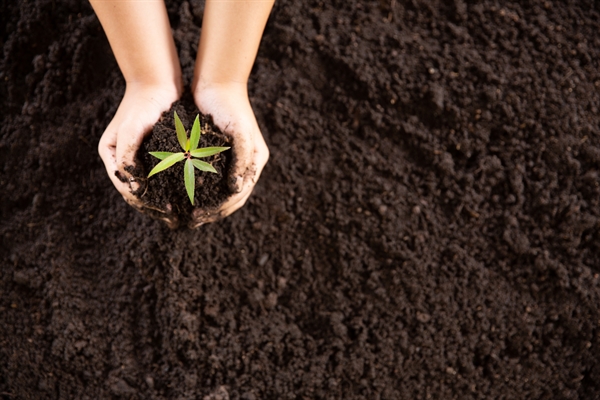
Rather, it produces damaging methane gas as it breaks down, increasing the rate of international warming and climate change. Tiny organisms in garden compost aid aerate the soil, break down organic materials for plant use, and ward off plant disease. Composting offers a natural option to chemical fertilizers when applied to yards and garden beds.
One-third of land fill waste is comprised of compostable products. Diverting this waste from the garbage dump means that our garbage dumps will last longer (and so will our wild areas). Related: Best Garden Compost Bins and Tumblers Evaluated What you can put into your garden compost will depend somewhat on what type of composter you have, but some basic guidelines do use.
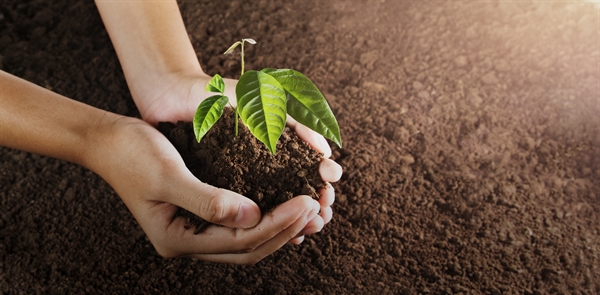
The secret to a healthy compost heap is to keep a working balance in between these 2 elements. Carbon Carbon-rich matter (like branches, stems, dried leaves, peels, little bits of wood, bark dust or sawdust pellets, shredded brown paper bags, corn stalks, coffee filters, coffee grounds, conifer needles, egg shells, straw, peat moss, wood ash) offers compost its light, fluffy body.
Nitrogen Nitrogen or protein-rich matter (manures, food scraps, green lawn clippings, kitchen area waste, and green leaves) provides raw materials for making enzymes. A healthy compost heap need to have much more carbon than nitrogen. A basic guideline is to use one-third green and two-thirds brown products. The bulkiness of the brown products allows oxygen to permeate and nourish the organisms that live there.
Good composting hygiene implies covering fresh nitrogen-rich material, which can release odors if exposed to open air, with carbon-rich product, which typically exudes a fresh, wonderful odor. If in doubt, include more carbon! Material Carbon/Nitrogen Information Wood chips/ pellets Carbon High carbon levels; usage sparingly Wood ash Carbon Only use ash from tidy materials; sprinkle lightly Tea leaves Nitrogen Loose or in bags Table Scraps Nitrogen Include with dry carbon products Straw or hay Carbon Straw is best; hay (with seeds) is less ideal Shrub prunings Carbon Woody prunings are sluggish to break down Shredded paper Carbon Avoid utilizing shiny paper and colored inks Seaweed and kelp Nitrogen Apply in thin layers; excellent source for trace minerals Sawdust pellets Carbon High carbon levels; include in layers to prevent clumping Pine needles Carbon Acidic; usage in moderate amounts Newspaper Carbon Avoid using shiny paper and colored inks Leaves Carbon Leaves break down faster when shredded Lawn & garden weeds Nitrogen Just utilize weeds which have actually not gone to seed Green comfrey leaves Nitrogen Excellent compost ‘activator’ Yard clippings Nitrogen Add in thin layers so they don’t mat into clumps Garden plants– Use disease-free plants just Vegetables and fruit scraps Nitrogen Include with dry carbon items Flowers, cuttings Nitrogen Slice up any long woody stems Eggshells Neutral Best when crushed Dryer lint Carbon Finest if from natural fibers Corn cobs, stalks Carbon Slow to decay; finest if sliced up Coffee premises Nitrogen Filters may also be included Chicken manure Nitrogen Outstanding compost ‘activator’ Cardboard Carbon Shred material to prevent matting To save kitchen waste up until you’re all set to transfer it to your composter, keep a container with a cover and a deal with under the sink.
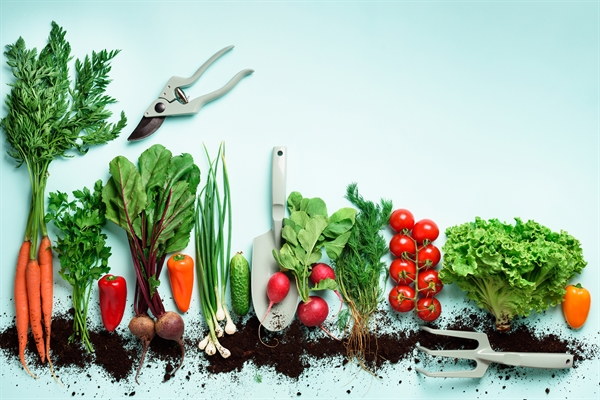
If you do not mind periodic smells, utilize an old ice-cream pail. Chop up any big chunks prior to you toss them in. With backyard and garden wastes, different composting materials will decompose at various rates, however they will all break down ultimately If you wish to accelerate the composting procedure, chop the bigger material into smaller pieces.
Avoid putting them on in thick layers– they will mat together and lower aeration, which slows the composting process. Including garden soil to your garden compost will assist to mask any odors, and microorganisms in the soil will accelerate the composting process. If you have a lot of leaves to integrate into the garden compost bin, you can merely compost the pile of leaves by itself.

The leaf stack must be at least 4 ′ in size and 3 ′ in height. Consist of a layer of dirt between each foot of leaves. The pile needs to be damp sufficient that when a sample taken from the interior is squeezed by hand, a couple of drops of wetness will appear. The stack needs to not be loaded too tightly.
In 50023, Mylie Decker and Lawrence Schneider Learned About Grass Clippings As Garden Mulch
Leaf compost is best used as a natural soil amendment and conditioner; it is not usually used as a fertilizer due to the fact that it is low in nutrients. For additional information, read Use Autumn Delegates Keep Your Garden Compost Working Through the Winter season Use delegates make a nutritious “tea” for your plants.
Leave for three days, then eliminate the “tea bag” and dispose contents into the garden compost. Scoop out the enriched water with a smaller container and utilize to water your plants and shrubs. Related: 10 Pro Composting Tips From Specialist Gardeners Start your compost heap on bare earth. This enables worms and other useful organisms to aerate the garden compost and be transferred to your garden beds.
This help drainage and assists aerate the stack. Include garden compost materials in layers, alternating wet and dry. Moist ingredients are food scraps, tea bags, seaweed, and so on. Dry materials are straw, leaves, sawdust pellets and wood ashes. If you have wood ashes, spray in thin layers, or they will clump together and be sluggish to break down.
This activates the compost pile and speeds the procedure along. Keep garden compost wet. Water sometimes, or let rain get the job done. Cover with anything you have– wood, plastic sheeting, carpet scraps. Covering assists maintain moisture and heat, two basics for garden compost. Covering also prevents the compost from being over-watered by rain.
Turn. Every couple of weeks offer the pile a quick turn with a pitchfork or shovel. This aerates the stack. Oxygen is needed for the process to work, and turning “includes” oxygen. You can skip this step if you have an all set supply of coarse material like straw. As soon as you’ve established your compost heap, include new materials by mixing them in, instead of by including them in layers.
If you desire to purchase a composter, instead of build your own garden compost stack, you might consider a buying a turning garden compost tumbler which makes it simple to mix the garden compost routinely. Related: How to Use Finished Compost Choosing what kind of composter will work best for you involves considering 3 main elements: Where you live What you’ll be composting Whether you wish to turn your compost by hand or not Where do you live?What will you be composting the most? Composting mainly kitchen area scraps Composting kitchen scraps plus some backyard waste Composting great deals of yard waste Urban (no outside area)Worm bin(vermicomposting) Urban (some outside area, patio area, or balcony)Worm bin or Garden compost tumbler Garden compost tumbler Suburban (with backyard)Enclosed bin or garden compost tumbler Enclosed bin or garden compost tumbler Enclosed or Do It Yourself bin Rural (with yard/acreage)Enclosed bin, or garden compost tumbler Open compost heap, enclosed bin, or tumbler Open garden compost pile or multiple enclosed bins If you’re prepared to turn your garden compost every 1-2 weeks and you reside in an area with access to outside space and carbon abundant products, enclosed bins or open compost heap might work for you.
Read on to discover more about each of these compost systems and other composting tips. Related: Worm Composting Basics for Beginners The biggest chore with composting is turning the stack from time to time. However, with ‘no-turn composting’, your garden compost can be aerated without turning. The trick is to thoroughly blend in sufficient coarse product, like straw, when building the stack.
With ‘no-turn’ composting, add brand-new products to the top of the stack, and harvest fresh garden compost from the bottom of the bin. This can be quickly done in an Aerobin Composter, or a Eco King compost bin. Which brings us to … For small outdoor composting, enclosed bins are the most useful.
Just drill 1.5-cm aeration holes in rows at roughly 15-cm intervals around the can. Fill the can with a mix of high-carbon and high-nitrogen products (see our table above). Stir the contents sometimes to avoid anaerobic pockets and to accelerate the composting procedure. If the lid is safe, the bin can be laid on its side and rolled; a length of 2 ″ cedar (utilize a 2 × 2 or a 2 × 4) can be bolted to the inside, running top to bottom, to help flip the material.
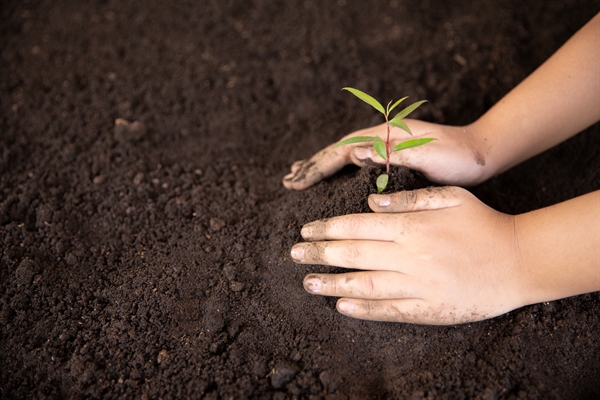
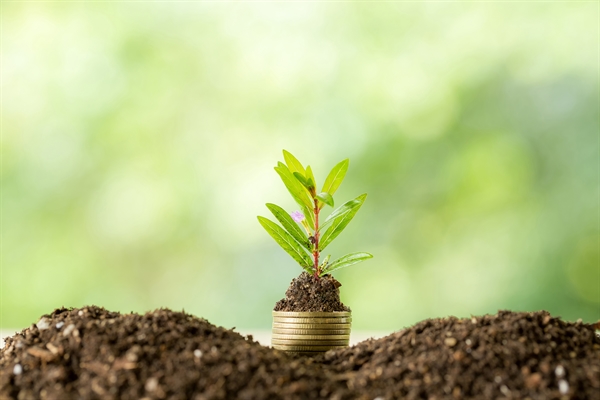
In 55021, Rose Cox and Fiona Mckinney Learned About Trimmed Grass
Another option is a garden compost bin, sometimes called a ‘compost digester’. Garden compost bins are enclosed on the sides and top, and open on the bottom so they sit straight on the ground. These are common composting units for homes in suburbs where bins tend to be smaller, yet confined enough to dissuade bugs.
These bins are thin-walled plastic, and may chip along the edges, especially during a freeze. These countertop ‘composters’ grind and dehydrate food waste instead of disintegrating it. The procedure takes as low as three hours, leaving you with an odor-free product ideal for garden fertilizer. When completed, bury the resulting product below the soil surface area, where the decomposition process starts– to the benefit of your plants.
It’s possible to keep relatively high temperatures in drum/tumbler systems, both since the container functions as insulation and because the turning keeps the microbes aerated and active. Some styles supply an interior “paddle” or “aeration spikes” which help bring air into the garden compost and prevent clumping of the composting materials.
This considerably accelerate the composting procedure. A confined ‘tumbler’ system offer the following advantages: Speeds up the composting process Composts year-round due to higher internal temperature Can’t be accessed by rodents, raccoons, pet dogs, or other animals Keeps compost nicely confined and odor-free; well-suited for suburbs and big apartment or condo balconies or patios To get more information, see Garden compost Tumblers: Comparing various garden compost tumbler designs See our look for more info or to buy a compost tumbler.
To fix this problem, you’ll require to restore your compost to a healthy nitrogen-carbon balance. To discover how restore your garden compost stack, read our post How to Fix a Soggy Compost Heap. This is a common issue with products thrown into the composter. The wet products stick together and slow the aeration procedure.
Turf clippings and leaves need to be blended with remainder of the composting products for best outcomes. If there’s a population of raccoons in your location, they will be naturally brought in to your garden compost stack. The finest option to this problem is to disallow their entry to the garden compost. (Traps and poisons are more trouble than they deserve.) A wood or metal lid can be easily hinged to the bin explained above on this page, or you can purchase a commercially-made garden compost bin with safe and secure fitted lids which are pest-proof, such as the Aerobin or Jora JK 270.
You can put your bin on a plot of earth that you prepare to utilize for a future veggie or flower bed, or fruit tree. Each year, you can move the bin to a various location; you’ll get a double benefit– the compost from the bin, and a bed of nutrient-rich soil ready for brand-new plantings.
Companion Plants ResourceFor example, make certain to get straw, and not hay, because straw is mostly weed-free. Ask the sales staff if there have been any grievances about seeds in these items. Below are a few samples. To see all the composters in our store: Click on this link.
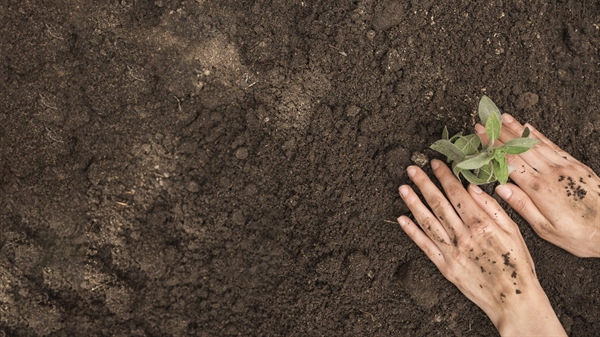
Really messing up your garden compost is hard to do. Toss raw material in a stack outdoors and it will break down ultimately, even if you never take a look at it once again. “There’s no ideal way to compost,” says Rick Carr, garden compost professional at the Rodale Institute’s organic farm. “I’ll never tell somebody they’re composting wrong, or insist that a 75-year-old requirements to head out and turn her compost stack two times a year with a pitchfork’But if you wish to save yourself some problem with bugs while making garden compost that’s richer in nutrients and simpler to preserve, Carr is your go-to man.